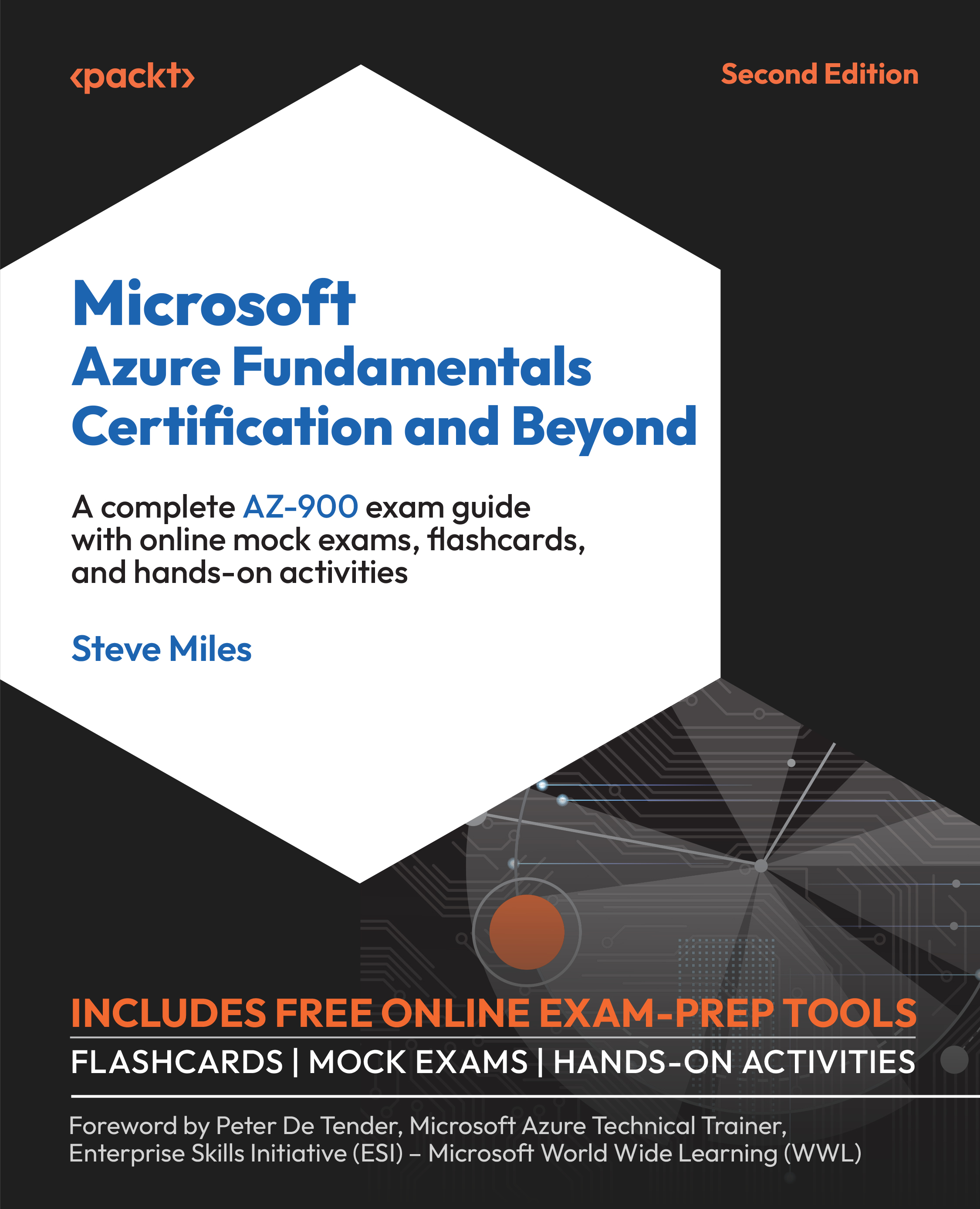Occasionally, when someone first learns of the term real-time OS, they mistakenly believe that an RTOS is the only way to achieve real-time behavior in an embedded system. While this is certainly understandable (especially given the name) it couldn't be further from the truth. Sometimes, it is best to think of an RTOS as a potential solution, rather than the solution to be used for everything. Generally speaking, for an MCU-based RTOS to be the ideal solution for a given problem, it needs to have a Goldilocks-level of complexity—not too simple, but not too complicated.
If there is an extremely simple problem, such as monitoring two states and triggering an alert when they are both present, the solution could be a straightforward hardware solution (such as an AND gate). In this case, there may be no reason to complicate things further, since the AND gate solution is going to be very fast, with high determinism and extreme reliability. It will also require very little development time.
Now, consider a case where there are only one or two tasks to be performed, such as controlling the speed of a motor and watching an encoder to ensure the correct distance is traversed. This could certainly be implemented in discrete analog and digital hardware, but having a configurable distance would add some complexity. Additionally, tuning the control loop coefficients would likely require twiddling the potentiometer settings (possibly for each individual board), which is undesirable in some or most cases, by today's manufacturing standards. So, on the hardware solution side, we're left with a CPLD or FPGA to implement the motion control algorithm and track the distance traveled. This happens to be a very good fit for either, since it is potentially small enough to fit into a CPLD, but in some cases, the cost of an FPGA might be unacceptable. This problem is also handled by MCUs regularly. If existing in-house resources don't have the expertise required with hardware languages or toolchains, then a bare-metal MCU firmware solution is probably a good fit.
Let's say the problem is more complicated, such as a device that controls several different actuators, reads data from a range of sensors, and stores those values in local storage. Perhaps the device also needs to sit on some sort of network, such as Ethernet, Wi-Fi, controller area network (CAN), and so on. An RTOS can solve this type of problem quite well. The fact that there are many different tasks that need to be completed, more or less asynchronously to one another, makes it very easy to argue that the additional complexity the RTOS brings will pay off. The RTOS helps us to ensure the lower priority, more complex tasks, such as networking and the filesystem stacks, won't interfere with the more time-critical tasks (such as controlling actuators and reading sensors). In many cases, there may be some form of control system that generally benefits from being run at well-defined intervals in time—a strength of the RTOS.
Now, consider a similar system to the previous one, but now there are multiple networking requirements, such as serving a web page, dealing with user authentication in a complex enterprise environment, and pushing files to various shared directories that require different network-based file protocols. This level of complexity can be achieved with an RTOS, but again, depending on the available team resources, this might be better left to a full-blown OS to handle (either RTOS or general-purpose), since many of the complex software stacks required already exist. Sometimes, a multi-core approach might be taken, with one of the cores running an RTOS and the other running a general-purpose OS.
By now, it is probably obvious that there is no definitive way to determine exactly which real-time solution is correct for all cases. Each project and team will have their own unique requirements, backgrounds, skill-sets, and contexts that set the stage for this decision. There are many factors that go into selecting a solution to a problem; it is important to keep an open mind and to choose the solution that is best for your team and project at that point in time.
 United States
United States
 Great Britain
Great Britain
 India
India
 Germany
Germany
 France
France
 Canada
Canada
 Russia
Russia
 Spain
Spain
 Brazil
Brazil
 Australia
Australia
 Singapore
Singapore
 Canary Islands
Canary Islands
 Hungary
Hungary
 Ukraine
Ukraine
 Luxembourg
Luxembourg
 Estonia
Estonia
 Lithuania
Lithuania
 South Korea
South Korea
 Turkey
Turkey
 Switzerland
Switzerland
 Colombia
Colombia
 Taiwan
Taiwan
 Chile
Chile
 Norway
Norway
 Ecuador
Ecuador
 Indonesia
Indonesia
 New Zealand
New Zealand
 Cyprus
Cyprus
 Denmark
Denmark
 Finland
Finland
 Poland
Poland
 Malta
Malta
 Czechia
Czechia
 Austria
Austria
 Sweden
Sweden
 Italy
Italy
 Egypt
Egypt
 Belgium
Belgium
 Portugal
Portugal
 Slovenia
Slovenia
 Ireland
Ireland
 Romania
Romania
 Greece
Greece
 Argentina
Argentina
 Netherlands
Netherlands
 Bulgaria
Bulgaria
 Latvia
Latvia
 South Africa
South Africa
 Malaysia
Malaysia
 Japan
Japan
 Slovakia
Slovakia
 Philippines
Philippines
 Mexico
Mexico
 Thailand
Thailand
















